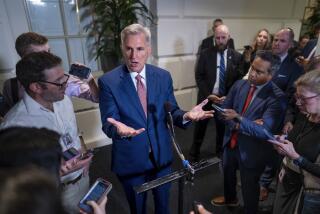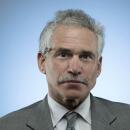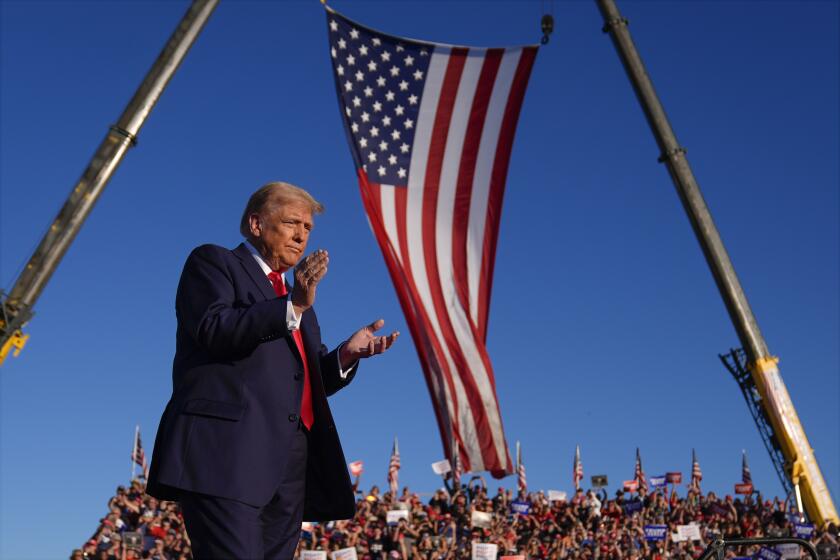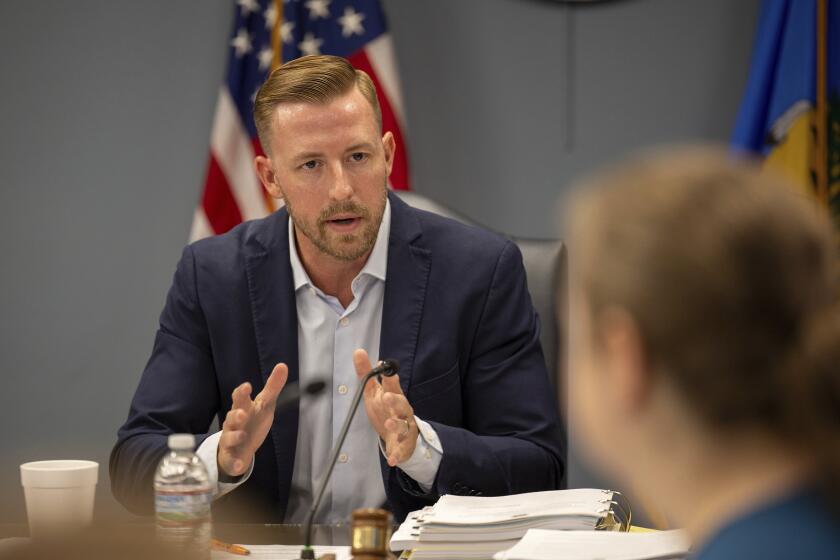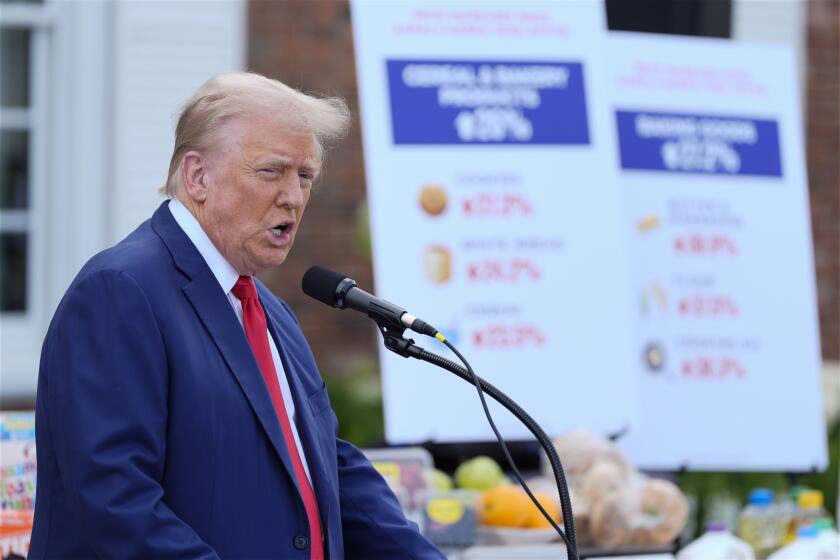Uncertainties Beneath the Golden Glow
Californians head to the polls Tuesday to start ringing out the 1990s and start bringing in a new century.
Having bounced back smartly from recession, the state is looking for ways to keep the good times going, as the population grows and political power shifts to reflect the changing face of California.
The choices that voters make Tuesday will help guide those changes--and take the first step toward deciding who will lead the state through them over the next several years.
California’s roaring prosperity has taken the edge off much of the anger that fueled passage of ballot measures in 1994 and 1996 to punish illegal immigrants and ban affirmative action. Voters and candidates alike seem to have converged upon a mellower middle ground, with none of the superheated conflicts of the past two elections.
But if the primary campaign has failed to turn up drastic differences among the candidates on issues--everyone opposes crime, wants to improve education and further boost the economy--1998 has been distinguished in its own right by the preeminence of money and the upheaval posed by political uncertainty.
Take your pick of superlatives:
* The current election campaign has been the most costly state contest ever waged--any time, anywhere--thanks in good part to gubernatorial candidate Al Checchi and his record-shattering $35 million (and climbing) campaign. Upping the stakes, Checchi’s opponents, Torrance Rep. Jane Harman and Lt. Gov. Gray Davis, have spent roughly another $25 million between them, car alarm mogul Darrell Issa has sunk about $10 million into his U.S. Senate bid, and another $22 million has been raised and spent on Proposition 226.
* The Democratic contest for governor has been the most volatile in more than a generation. All three of the major contenders have topped the opinion polls at one time or another--and all three have been in last place.
* The overall political climate has been the most unpredictable anyone can remember, thanks to the new blanket primary that allows voters to cast their ballots for any candidate of any party, regardless of political affiliation.
The new voting system has certainly achieved what supporters promised when they promoted Proposition 198, the “open primary” initiative, in March 1996. The freedom to mix and match candidates up and down the ballot will give California voters more choices Tuesday than ever before.
But the price is a ballot the size of a small-city phone book in some precincts, and considerably higher campaign costs, as candidates reach out to the new, broader primary audience.
In the governor’s race, Republican Atty. Gen. Dan Lungren--who is running without serious GOP opposition--has been forced by the wide-open voting system to run as though he had a dozen or more rivals--which, technically, he does. In all, voters will choose Tuesday among 17 gubernatorial candidates from seven parties.
Although the governor’s race has grabbed most of the attention, voters also will pick a Republican challenger to run this fall against U.S. Sen. Barbara Boxer, the incumbent Democrat waltzing largely unopposed to renomination.
Faced with Issa’s fortune, rival Matt Fong--the state treasurer--has banked on his years of political experience in a season when voters are relatively content and incumbents no longer wear the scarlet “I.”
In addition, Californians will pass judgment on a menu of nine ballot initiatives that address a range of subjects from bilingual education to the political power of labor unions. (That may seem like a lot, but not compared to, say, November 1990. In that election, voters faced 28 state ballot measures, as well as a full complement of candidates in races from governor to local offices.)
Scores of other candidates are vying in other statewide races Tuesday: contests for lieutenant governor, secretary of state, attorney general, controller, insurance commissioner and state superintendent of public instruction.
Half the 40 seats in the state Senate are up this year, along with all 80 seats in the Assembly. Voters will also vote in 52 House races, including four open seats where no incumbent is running.
More to Read
Get the L.A. Times Politics newsletter
Deeply reported insights into legislation, politics and policy from Sacramento, Washington and beyond. In your inbox three times per week.
You may occasionally receive promotional content from the Los Angeles Times.

